Welcome to our guide on the best fertilizers for Tinda, that delightful and versatile vegetable known as the “Indian Round Gourd.” Whether you’re a season farmer or gardener or just starting, understanding the right fertilizers and their application is crucial for a bountiful Tinda harvest. In this scientific yet easy-to-follow blog, we will explore the world of organic, natural, and homemade fertilizers tailored specifically for Tinda plants. We’ll also delve into the essential NPK ratio when to apply fertilizer, and the correct methods for application.
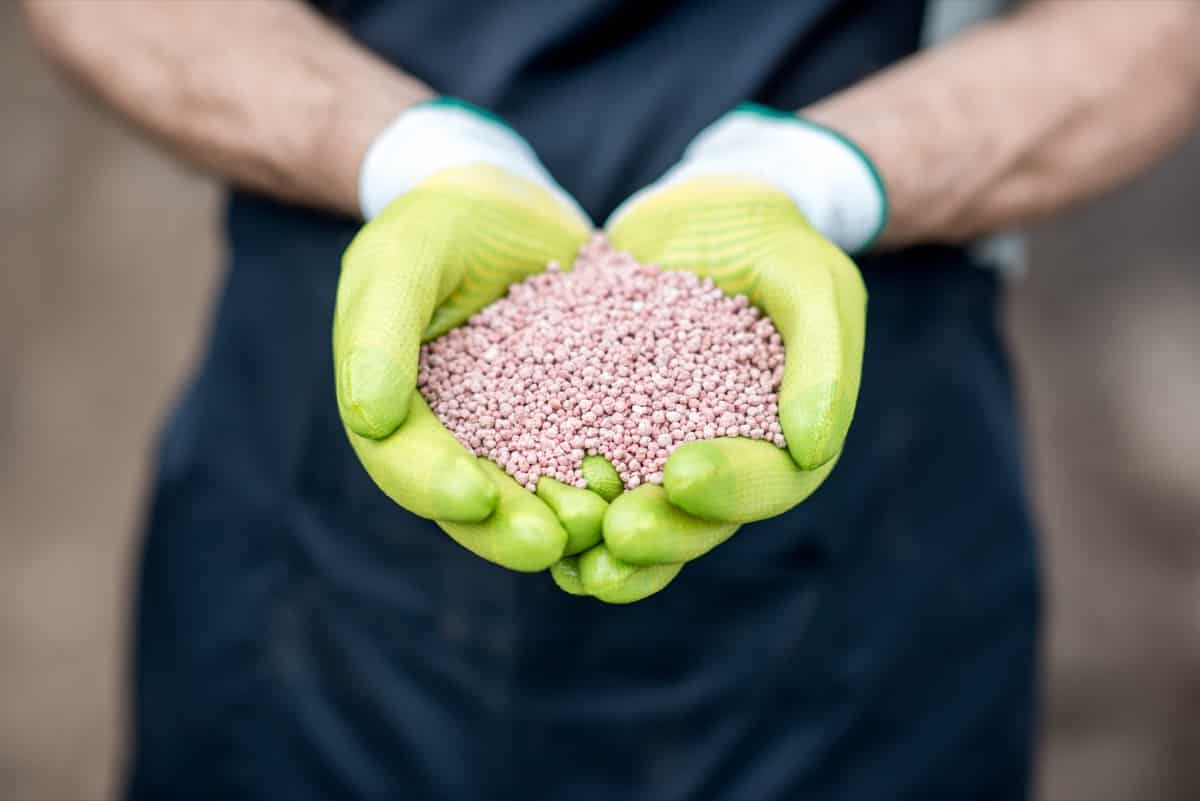
Introduction to Tinda
Tinda, also known as Indian Round Gourd, belongs to the Cucurbitaceae family. Its mild flavor and versatility make it a favorite in many Indian dishes. To achieve a bountiful Tinda harvest, following proper cultivation practices is essential.
- Varieties Two popular Tinda varieties are Annamalai and Arka Tinda. Choosing the right variety is the first step in successful cultivation.
- Soil Tinda thrives in sandy loam soil enriched with organic matter. Ensure good drainage and maintain a pH between 6.5 and 7.5 for optimal growth.
- Season Tinda cultivation typically takes place from January to February. Sow the seeds on one side of the channel to ensure adequate spacing.
- Seed Rate and Treatment Use a seed rate of 3.5 kg/ha and treat the seeds with Trichoderma viride (4g), Pseudomonas fluorescens (10g), or Carbendazim (2g/kg of seeds). After 15 days, thin the seedlings to maintain two per pit at a spacing of 0.9 meters.
- Preparation of Field Plough the field to achieve fine tilth and create long channels at 1.5-meter intervals to facilitate irrigation.
- Sowing: Sow the seeds side of the channel as recommended. After 15 days, thin the seedlings to maintain the desired spacing.
- Irrigation Proper irrigation is crucial. Water the field before dibbling the seeds and subsequently irrigate once a week.
- Application of Fertilizers For healthy growth, apply Farm Yard Manure (FYM) per hectare, along with 20 kg of nitrogen (N) as a basal dose. Additionally, apply another 20 kg of nitrogen 30 days after sowing. Boost soil health by adding Azospirillum, Phosphobacteria, and Pseudomonas (2.5 kg/ha) along with 50 kg of FYM and 100 kg of neem cake before the final plowing.
In case you missed it: Best Fertilizer for Terrace Plants: Covering Vegetables, Fruits, Flowers, and Herbs
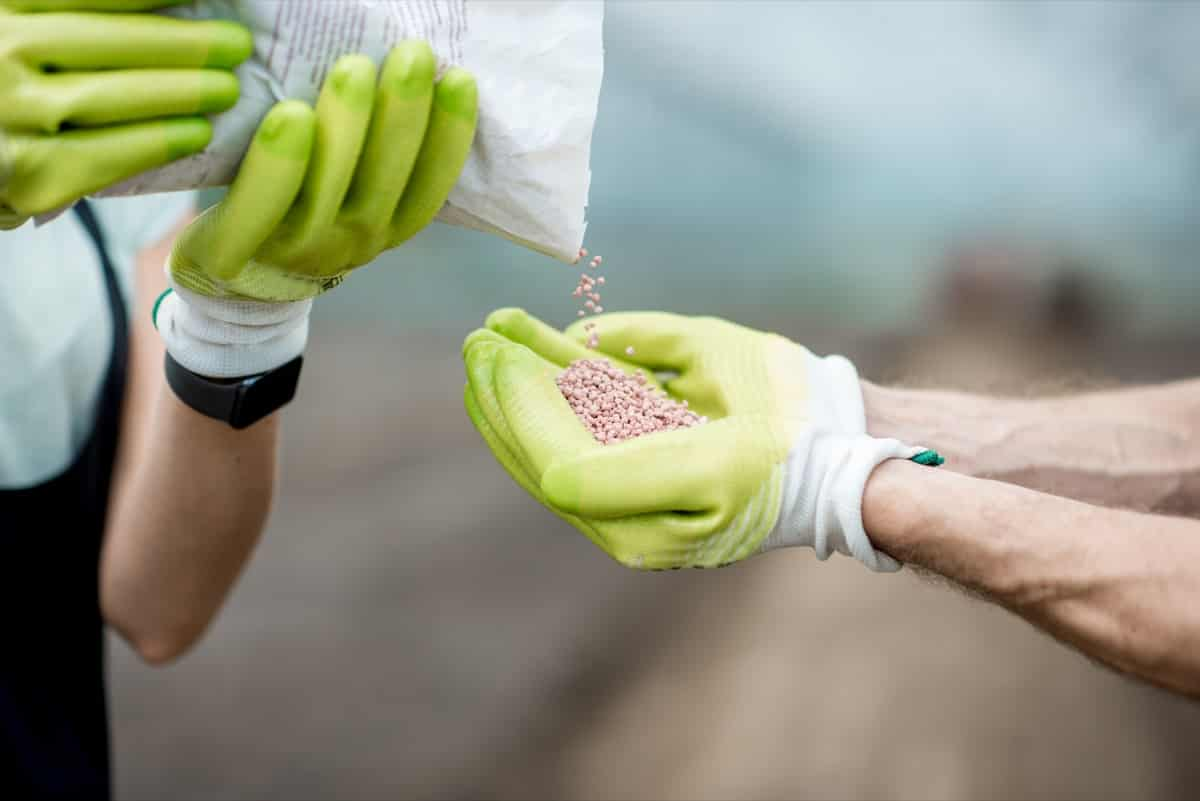
- After Cultivation, Weeding is essential to control weed populations. It should be done thrice during the growth period.
- Plant Protection Protecting your Tinda plants from pests is crucial.
- Beetles: Spray Malathion 50 EC (1 ml/lit) weekly to control beetles.
- Fruit Fly: Collect and destroy affected fruits. Adjust sowing time to avoid peak fruit fly population during the rainy season. Expose pupae by plowing and consider installing cucurbit fruit fly traps. Neem oil (3.0%) can also be used as a foliar spray.
- White Fly: Combat white flies by spraying Neem Seed Kernel Extract (5%).
- You can expect a yield of approximately 10 tons per hectare in just 90 days with proper care.
Importance of Using the Right Fertilizer for Tinda Cultivation
Nutrient Balance: Tinda plants, like all crops, require a balance of nutrients for optimal growth. Fertilizers provide essential elements such as nitrogen (N), phosphorus (P), and potassium (K) in varying ratios. The right fertilizer ensures that Tinda plants receive these nutrients in the correct proportions, promoting healthy development.
Improved Yield: Fertilizers supply nutrients that might be deficient in the soil, promoting robust plant growth. Adequate nutrient levels translate into increased flower and fruit production, resulting in higher Tinda yields per hectare.
Enhanced Fruit Quality: Properly fertilized Tinda plants tend to produce higher-quality fruits. This includes factors like size, color, and taste. A balanced fertilizer regimen can lead to tastier and more appealing Tinda, which can fetch better prices in the market.
Resistance to Stress: Tinda plants fortified with the right nutrients are better equipped to withstand environmental stresses such as pests, diseases, and adverse weather conditions. This resilience can significantly reduce crop losses.
Sustainable Farming: Using the right fertilizer helps maintain soil fertility. Sustainable farming practices reduce the need for excessive fertilization and minimize the risk of nutrient runoff, which can harm the environment.
Benefits of Using Organic Fertilizers for Tinda
Organic fertilizers, like compost and aged manure, are essential for enhancing the soil’s structure and nutrient content, which is crucial for Tinda plants. They provide a balanced array of essential nutrients over time, aligning with the recommended stages of fertilization: planting, flowering, and fruit appearance. Organic fertilizers also promote beneficial microbial activity in the soil, enhancing soil health and promoting healthy growth.
In case you missed it: Best Fertilizer Jamun Tree: Organic, Natural, Homemade, Npk Ratio, When and How to Apply
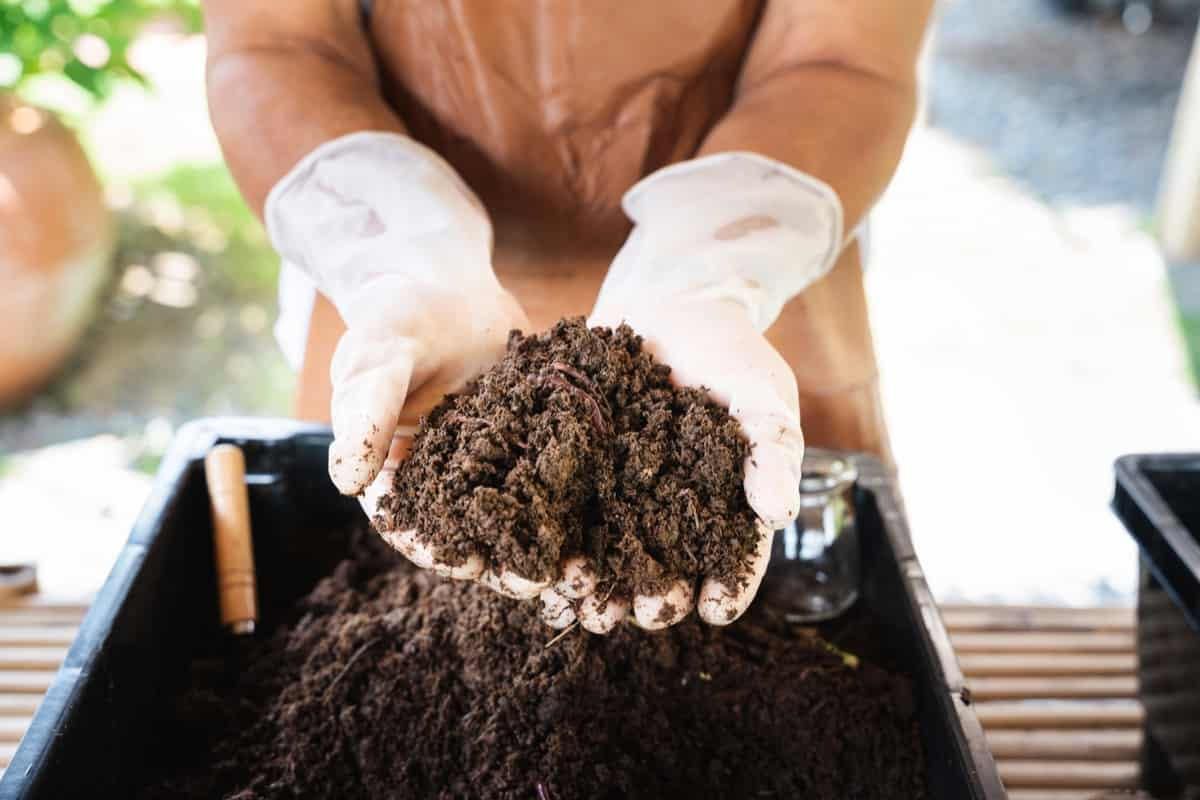
They are environmentally friendly, reducing the risk of chemical runoff and groundwater contamination and aligning with responsible farming practices. Additionally, organic fertilizers can boost a plant’s natural resistance to pests and diseases, preventing common Tinda pests and diseases by reducing the need for chemical interventions.
How Natural Fertilizers Contribute to Tinda Growth
Organic Matter Enrichment: Natural fertilizers, often derived from plant and animal sources, are rich in organic matter. When incorporated into the soil, they enhance its structure and water-holding capacity. Organic matter acts reservoir of nutrients and provides a favorable environment for beneficial soil microorganisms. This organic matter enrichment improves soil fertility, essential for robust Tinda growth.
Slow-Release Nutrients: Natural fertilizers release nutrients gradually as they decompose. This slow-release mechanism aligns with the Tinda plant’s nutrient requirements over its growth cycle. For instance, nitrogen (N), an essential nutrient for leafy growth, is made available sustainably, promoting healthy foliage development.
Microbial Activity: Natural fertilizers foster microbial activity in the soil. Soil microorganisms, like bacteria and fungi, play a pivotal role in breaking down organic matter and converting it into plant-available nutrients. This symbiotic relationship between Tinda plants and soil microorganisms ensures efficient nutrient uptake.
Balanced Nutrition: Natural fertilizers contain a diverse array of nutrients, including macroelements (N, phosphorus, potassium) and micronutrients (iron, zinc, copper). These elements are essential for various physiological processes in Tinda plants, such as photosynthesis, root development, and fruit formation. The balanced nutrition provided by natural fertilizers contributes to overall plant health.
Reduced Environmental Impact: Unlike synthetic fertilizers, natural fertilizers have a lower risk of leaching into groundwater or causing nutrient runoff. This reduces the environmental impact and aligns with sustainable farming practices.
Soil pH Regulation: Some natural fertilizers, like compost, can buffer soil pH, keeping it within the optimal range for Tinda cultivation (pH 6.0 to 6.5). Maintaining the right pH level is critical for nutrient availability to the plants.
In case you missed it: Bermuda Grass Fertilizer Schedule: When and How to Apply in Winter, Summer, and Spring
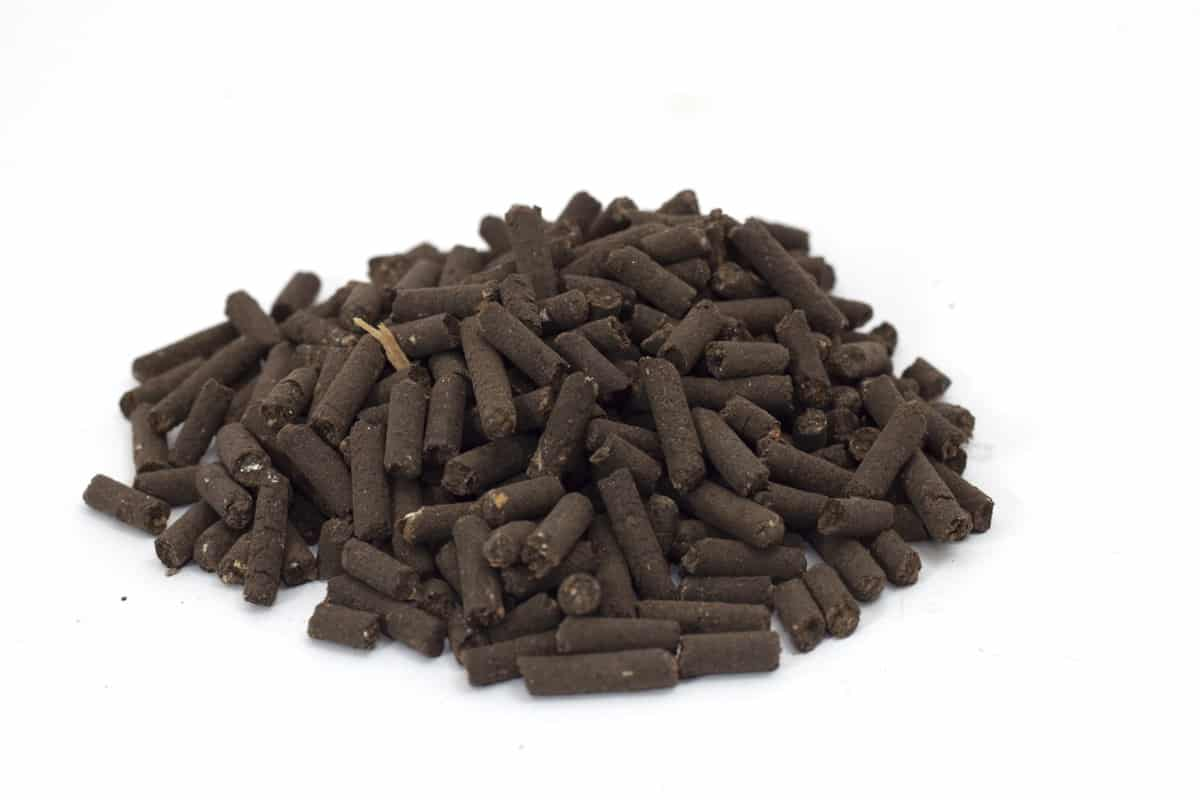
Best Organic Fertilizers for Tinda
The five best organic fertilizers for Tinda plants include compost, well-aged manure, fish emulsion, bone meal, and seaweed extract. Compost is a rich organic fertilizer that enhances soil structure, retains moisture, and promotes microbial activity. Aged manure, such as cow or poultry manure, is an excellent source of organic nutrients with a balanced mix of nitrogen, phosphorus, and potassium.
Fish emulsion, derived from fish waste, provides quick nitrogen and trace minerals, which are especially beneficial during early growth stages. Bone meal, high in phosphorus and calcium, is essential for root development and flowering. Seaweed extract offers micronutrients, growth hormones, and amino acids, enhancing Tinda plant resilience against stress and promoting fruit development.
Best Natural Fertilizers for Tinda
Green manure, organic mulch, eggshells, banana peels, and coffee grounds are five natural fertilizers for Tinda. Green manure crops like clover and legumes improve soil fertility, fix nitrogen, and add organic matter. Organic mulches like straw or leaves conserve moisture and release nutrients, enhancing soil structure and reducing weed competition.
Crushed eggshells provide calcium, helping prevent calcium-related disorders like blossom end rot. Banana peels provide potassium, essential for fruit development, and can be chopped and added to soil or used as mulch. Coffee grounds provide nitrogen and organic matter, improving soil structure.
Homemade Best Fertilizer for Tinda
To improve Tinda plants’ fruiting and soil texture, you can create a nutrient-rich slurry using banana peels, a potassium-rich nutrient. This enhances fruiting and improves soil nutrientws-holding capacity. To create an Epsom salt solution, dissolve magnesium sulfate in water, which aids photosynthesis and prevents magnesium deficiency-related issues. Crush and grind eggshells into a fine powder, a natural calcium source that prevents calcium deficiency problems.
In case you missed it: Top 20 Apple Varieties in India: List of Apple Varieties to Grow for High Profits
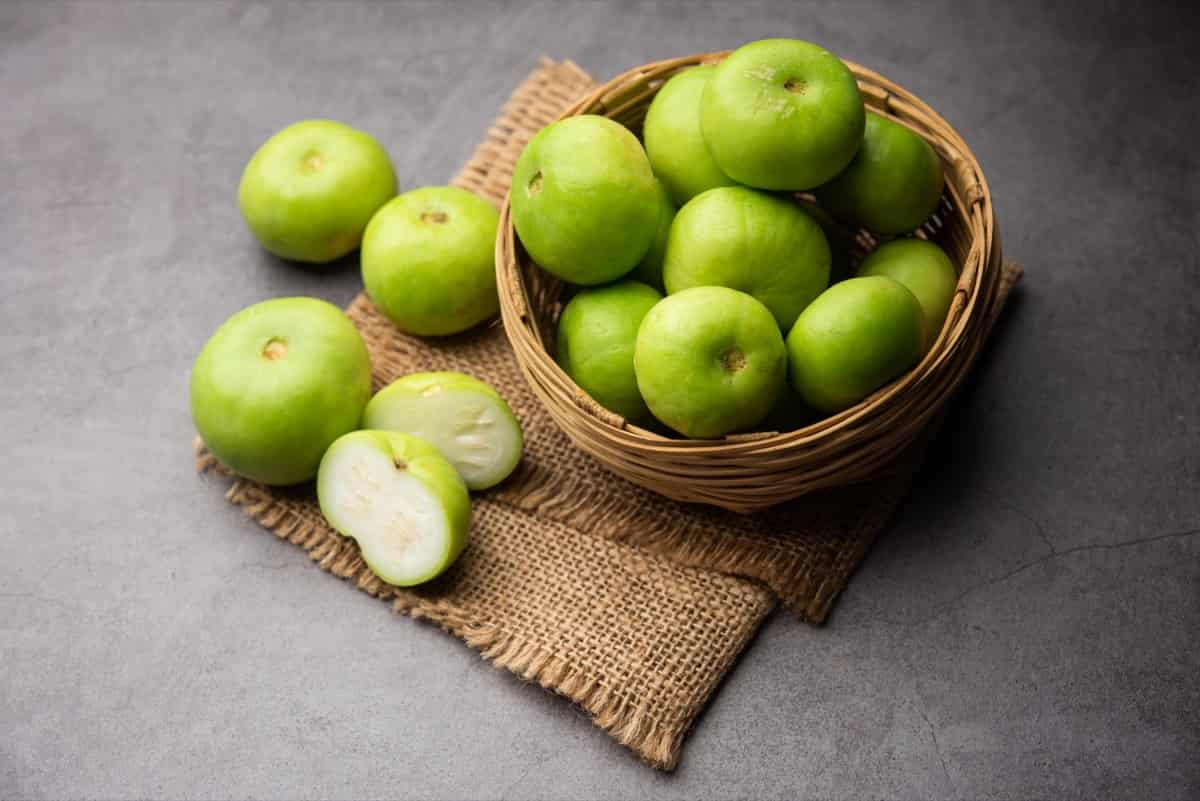
Mix coffee grounds with other compost materials to enrich soil with nitrogen, improving aeration and water retention. Save nutrient-rich water from cleaning a fish tank and use it as a natural liquid fertilizer when cleaning. This provides an instant nutrient boost to Tinda plants, ensuring healthy growth and overall health.
When to Apply Fertilizer for Tinda
- Land Preparation: Incorporate organic matter and well-rotted manure into the soil during land preparation, ideally a few weeks before planting Tinda seeds. This initial amendment provides a nutrient-rich foundation for the young plants.
- At Planting: Apply a balanced organic or natural fertilizer when planting. This ensures that the newly germinating Tinda seeds have access to essential nutrients.
- Flowering Stage: When Tinda plants start flowering, provide another round of fertilization. This stage is critical for fruit development, and additional nutrients support healthy blossoms and early fruit formation.
- Fruit Setting: Consider a third fertilizer application as the Tinda fruits begin to set and mature. This step contributes to fruit growth and quality.
- Throughout the Growing Season: Consider using slow-release organic or natural fertilizers that gradually release nutrients over time for continuous nutrient supply. These can be applied at regular intervals throughout the growing season.
- Cease Fertilization: Stop fertilizing Tinda plants about a month before harvesting. This allows any excess fertilizer in the soil to be used by the plant and prevents an overabundance of nutrients in the fruits at harvest.
How to Apply Fertilizer for Tinda
1. Broadcasting: This method uniformly spreads granular or pelletized fertilizers over the soil surface. After application, lightly incorporate the fertilizer into the topsoil using a rake or hoe. Ensure even distribution to avoid localized nutrient imbalances.
2. Side-dressing involves placing fertilizer in a shallow trench or furrow beside the Tinda plant rows. Apply the fertilizer several inches from the plant’s stem to prevent root burn. Afterward, cover the fertilizer with soil to prevent nutrient loss and aid in gradual release.
3. Foliar Feeding: Use a diluted liquid fertilizer solution sprayed directly onto the Tinda plant’s leaves. Foliar feeding can provide quick nutrient absorption in cases of deficiency. However, avoiding over-application and applying during cool, early morning or late afternoon hours is essential to prevent leaf scorch.
4. Drip Irrigation: Incorporate water-soluble fertilizers into the irrigation system. This method of nutrient delivery directly to the root zone ensures efficient uptake. Regularly check and maintain the irrigation system to prevent clogging.
5. Controlled-Release Fertilizers: Utilize slow-release or controlled-release fertilizers designed to provide nutrients gradually over an extended period. These are ideal for consistent, long-term nutrition without frequent applications.
Tips:
- Follow recommended application rates based on soil tests to avoid over-fertilization.
- Water the Tinda plants immediately after fertilizer application to facilitate nutrient uptake.
- Apply fertilizer when the soil is moist to prevent root burn.
- Keep fertilizers away from direct contact with plant stems.
- Monitor plant health and adjust fertilization based on visual cues and growth stages.
Common Mistakes to Avoid During Fertilizer Application in Tinda
- Over-fertilization: Applying excessive fertilizer can harm Tinda plants. It can lead to nutrient imbalances, burn roots, and negatively impact plant health. Always follow recommended application rates based on soil tests.
- Poor Timing: Fertilizing at the wrong growth stages can be ineffective. For instance, applying fertilizer too early or too late in the season may not meet the plant’s nutrient needs when they are most critical.
- Uneven Distribution: Inconsistent fertilizer application can result in uneven plant growth. Use proper techniques like broadcasting or side-dressing to ensure uniform coverage.
- Ignoring Soil pH: Neglecting soil pH can hinder nutrient availability. Regularly test soil pH and adjust it if needed to maintain the ideal range (pH 6.0-6.5) for Tinda cultivation.
- Fertilizing Dry Soil: Applying fertilizer to dry soil can lead to nutrient runoff or fixation. Always water the soil before and after fertilization to facilitate nutrient absorption.
- Neglecting Organic Matter: Fertilizers alone cannot replace the benefits of organic matter in the soil. Ensure your soil has adequate organic content to improve nutrient retention and microbial activity.
In case you missed it: How to Identify Fake Seeds: Key Differences Between Real and Counterfeit Seeds
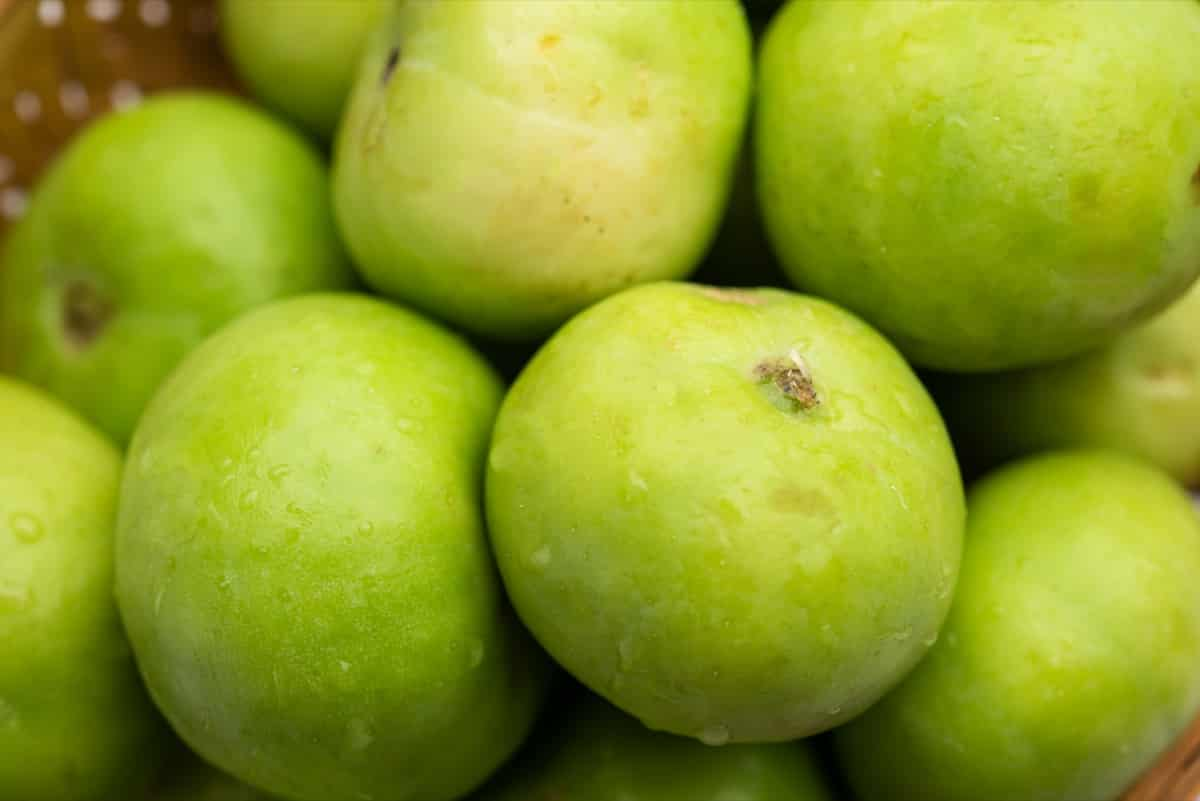
Conclusion
Choosing the right organic, natural, or homemade fertilizer with attention to the NPK ratio, proper timing, and application techniques is paramount for achieving a bountiful and healthy Tinda harvest.
- Bahar Treatment in Pomegranate for High Quality and Yields: A Step-by-Step Guide to Implementation
- Mobile Veterinary Units in India: Implementation in States
- Moringa as Feed for Livestock: Moringa Fodder Crop Yield Per Acre
- National Beekeeping and Honey Mission (NBHM): Features, Schemes, and Benefits
- Management of Cutworms in Chilli: Prevention and Control With Organic, Chemical, Cultural Practices
- Best Fertilizer for Tinda: Organic, Natural, Homemade, NPK Ratio, When and How to Apply
- Whitefly Management in Cotton Crop: Symptoms, Control, and Best Insecticides for Cotton
- Best Fertilizer for Terrace Plants: Covering Vegetables, Fruits, Flowers, and Herbs
- 12 Best Compost Bins for Home in India with Price: Cheap for Indoors, Outdoors, and Kitchens
- Grapes Training Systems and Methods: A Comparative Analysis
- Best Fertilizer Jamun Tree: Organic, Natural, Homemade, Npk Ratio, When and How to Apply
- Polyhalite Fertilizers and their Role in Organic Farming
- How to Identify Fake Seeds: Key Differences Between Real and Counterfeit Seeds
- Best Fertilizer for Indian Gooseberry/Amla: Organic, Homemade, NPK Ratio, When and How to Apply
- Best Fertilizer for Bitter Gourd: Organic, Natural, Homemade, NPK Ratio, When and How to Apply
- Bangalore Method of Composting: Preparation Method, Benefits, and Disadvantages
- How to Check PM Kisan Status: Beneficiary Verification With Aadhaar Number and Mobile
- 15 Best Chaff Cutter Machines in India: For Dry, Green Fodder Cutting, and Price List Included
- Bermuda Grass Fertilizer Schedule: When and How to Apply in Winter, Summer, and Spring
- 20 Best Plants to Grow Under Oak Trees: Compatible Plants Under and Around Oaks
- Benefits of DAP Fertilizer: Price, Composition, How and When to Apply
- Profitable Thai Guava Farming in India: Yield, Profit Per Acre, Plant Price, 1 Acre Cost of Cultivation
- Top 19 Water Harvesting Techniques: What is Water Harvesting and Benefits of It
- Best 20 Lemon Varieties: Sweet, Large, and Rare High Yield Cultivars
- Top 15 Agro Based Industries in India: Best List for Agri Entrepreneurs
- Career Opportunities in Agribusiness Management: Top 10 Jobs After Agribusiness Management
- Top 20 Pumpkin Varieties to Grow in Your Garden: Best List of Pumpkin Varieties for High Profits
- How to Grow Cordyceps Mushrooms: Profitable Cultivation Practices and Cordyceps Mushroom Price
- Top 20 Lettuce Varieties to Grow in Your Garden: Best List for Backyard for Fall and Winter
- Top 20 Grape Varieties to Grow in India: List of Grape Varieties to Grow for High Profits
- Best Fruit Nurseries in Tamil Nadu: Top List of Saplings Supplier for High Yield and Profits
- Top 20 Apple Varieties in India: List of Apple Varieties to Grow for High Profits
- Advantages of Vegetative Propagation and Disadvantages of Vegetative Propagation: Examples
- Best Fruit Plant Nurseries in Maharastra: Sapling Suppliers of Hybrid and High-Yield Fruit
- 6 Best Grafted Fruit Plant Nurseries in Karnataka: Sapling Suppliers of Hybrid and High Yield Fruit
- Grape Vine Pruning, Defoliation, and Thinning for Great Yield
